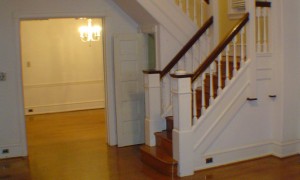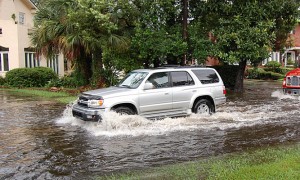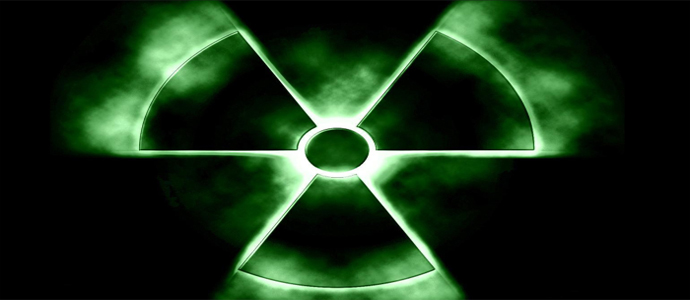Although you can’t see, smell or taste it, radon could be affecting your home. The Surgeon General warns that this radioactive gas is actually the second leading cause of lung cancer in the U.S., and smoking combined with high levels of this gas in your home puts you at greater risk for developing this type of cancer. Some studies also suggest that children may be especially vulnerable to the radiation damage associated with this gas due to their higher respiration rates and rapidly dividing cells.
Where Does the Danger Come From?
The breakdown of uranium in soil, rocks and water produces radioactive gas. When dispersed into the air outdoors, radon remains completely harmless. However, when the gas becomes trapped inside your home it can build up to potentially toxic levels.
How Does Radon Enter Your Home?
Radioactive gas emissions can enter through dirt floors, hollow block walls, cracks in foundation floors and walls, sump pumps, openings around floor drains, joints and foundation openings for pipes, sewers and other utility connections. Water supplies from wells or small groundwater systems can also be a source. After entering a home the gas collects and remains trapped, posing a health risk.
Is My Las Vegas Home at Risk?
Any home, anywhere in the country could be at risk. The University of Nevada Cooperative Extension operates the Nevada Radon Education Program (NREP), a good place to start when looking for more information and resources on the topic. From the program website you may access a number of helpful links, including instructions on the options available for obtaining test kits:
- Visit the nearest Cooperative Extension or partner office and request a low-cost test kit. Call 1-888-723-6610 to find the office nearest you.
- NV residents can also receive short-term test kits by mail using a printable coupon.
- Long-term test kits for measuring more definitive year-round levels are also available through the program.
Another link on the site provides mapped results of random household radon testing by zip code. Regardless of your zip code’s data, you may still wish to follow EPA/Surgeon General guidelines, which recommend resting for all U.S. homes. Take action to reduce levels for findings of 4.0 picocuries (pCi/l) or higher.
Information Pertaining to Real Estate Transactions
For the purposes of buying or selling a home, professional testing is recommended over self-testing. When related to a transaction, testing should be done by a qualified (certified) third-party radon tester, not by the seller, buyer or real estate agent. Use the NREP list of certified measurement providers for a professional that can do the following:
- Perform an evaluation of your home and make testing recommendations based on his findings
- Provide instructions for the proper way to maintain your home throughout testing
- Provide a thorough analysis of all the data obtained for an independent test result
In addition, your professional should be able to verify that each of eight recommended test procedures have been followed, otherwise re-testing must be performed.
Radon levels in your Las Vegas home shouldn’t be something keeping you up at night. Take the proper steps to assess your home for this danger, as you would any other.
[cf]skyword_tracking_tag[/cf]






